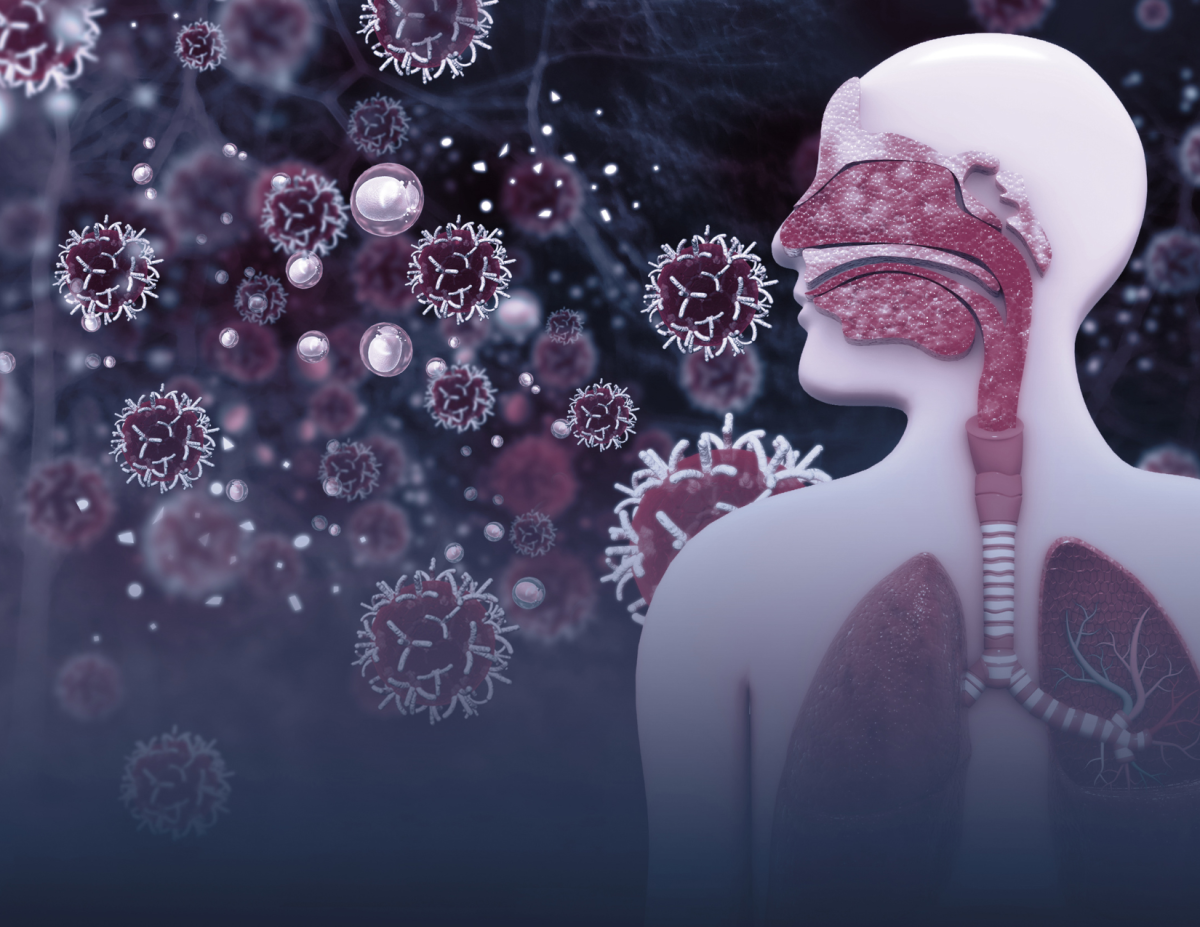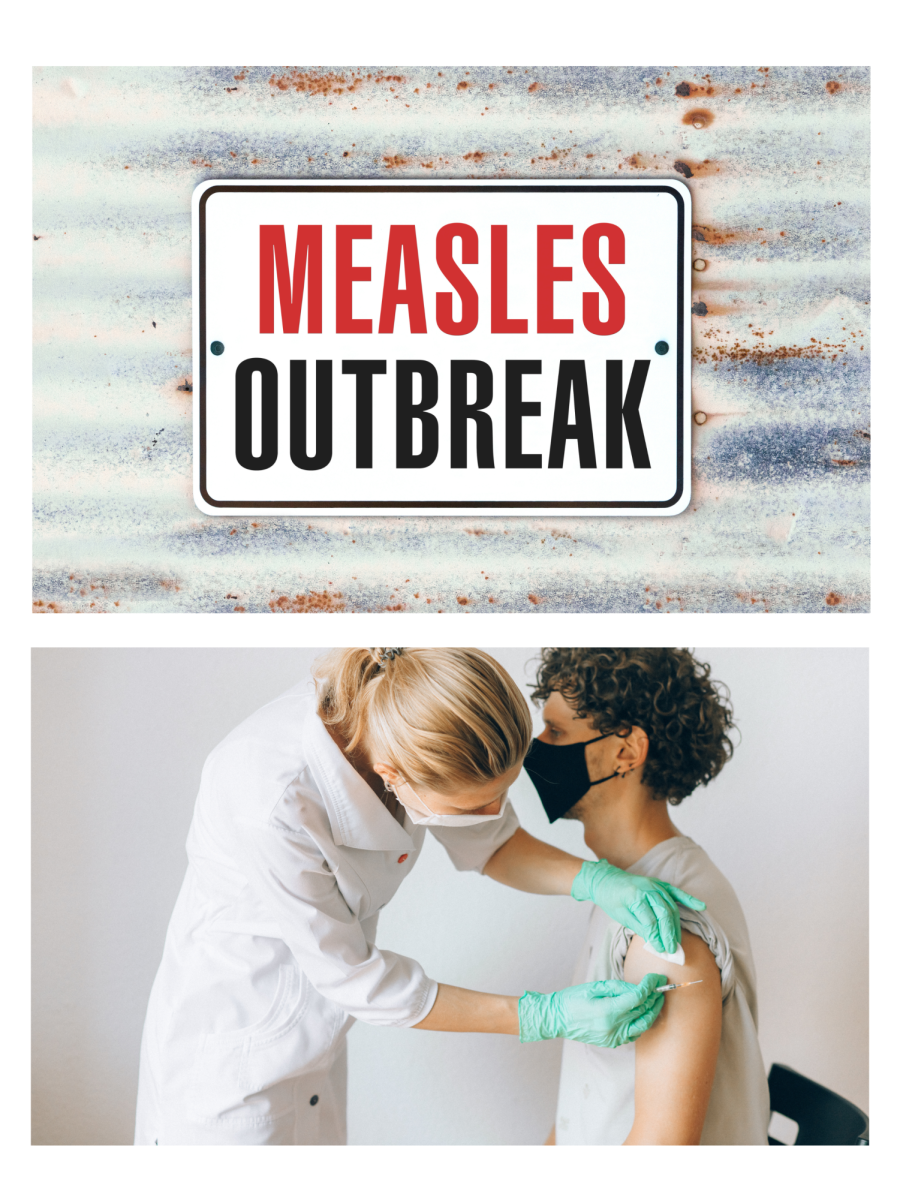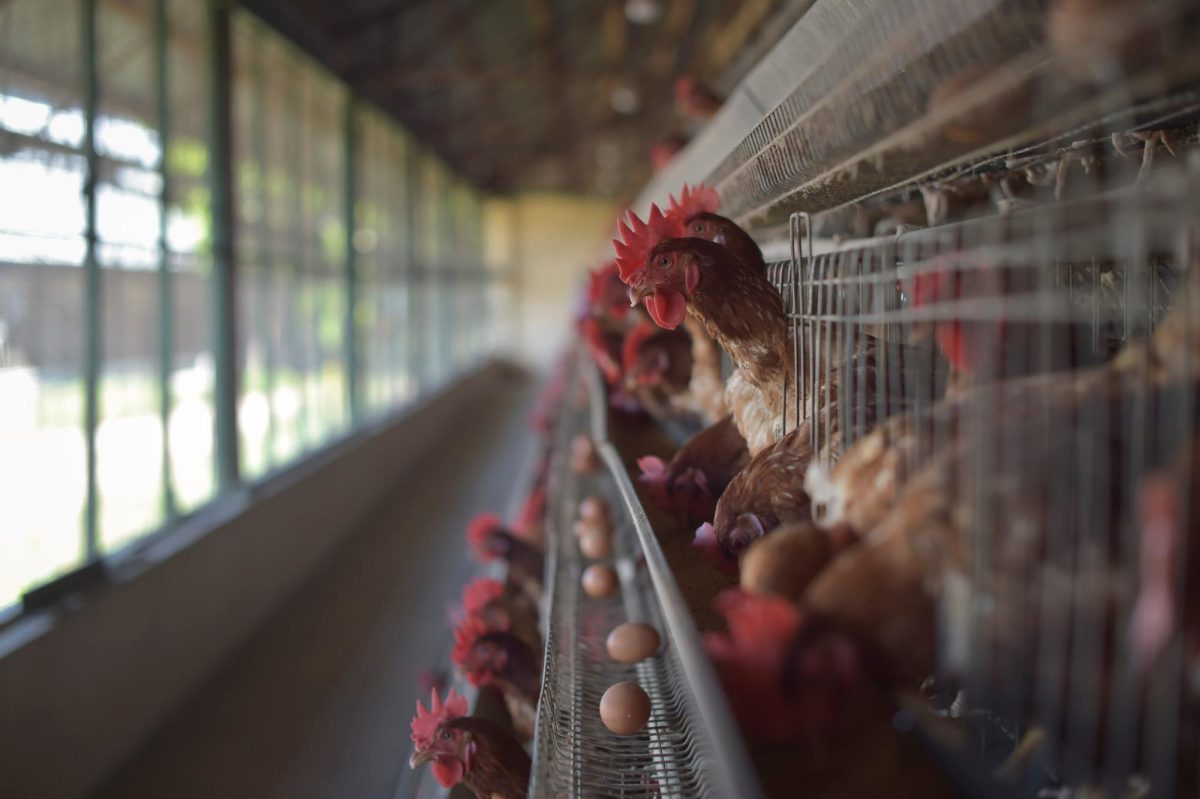The Food and Drug Administration is asking popular food industries to discontinue and replace certain food dyes with natural and healthier alternatives.
Many popular food dyes are artificial and not found in nature. These artificial, or synthetic dyes, are substituted for healthy dyes with nutritional ingredients, such as dyes found in fruits and vegetables. Research shows that many synthetic dyes in popular candy or snack items can cause harmful health effects, particularly in children. According to Healthline, “Claims have been made that artificial dyes cause serious side effects, such as hyperactivity in children, as well as cancer and allergies.“ However, not everyone agrees with this conclusion. For example, regulatory food agencies like the FDA deem some food dyes as healthy and available for consumption, but other countries’ food agencies label those same dyes as unsafe.
The Food and Drug Administration is working to replace food dyes such as Blue 1 and 2, Red 40 and 3, Yellow 5 and 6; two other approved yet limited dyes used in the US include Citrus Red and Orange B. These listed food dyes are used in an abundance of foods, some are included in popular candy choices like M&M’s, Skittles, Starburst, and in beverages such as Gatorade, sodas, and certain fruit juices.
What will this mean for the public and popular food industries? Popular food industries that rely on the listed dyes will likely be compelled to reformulate and create a healthier formula for their products, transitioning to more natural dye options. Even though the ban is not yet in place, the FDA continues to work on completing a solid plan, taking steps to phase out certain dyes, and promoting natural and sustainable alternatives.
Food Dyes: Harmless or Harmful?
FDA stops short of synthetic food dye ban, calls on industry to stop use – CBS News
Synthetic food dyes: A rainbow of risks | Center for Science in the Public Interest









